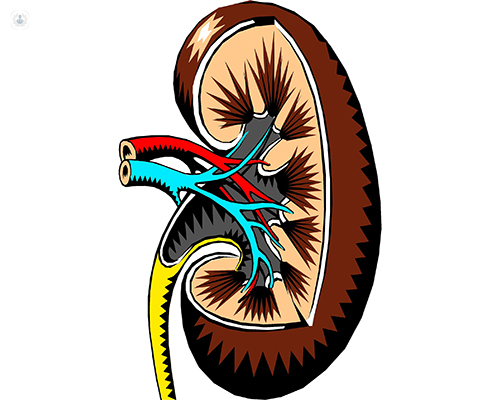Creatine clearance
What is being analysed?
Creatinine clearance is a crucial medical analysis that measures the rate at which the kidneys filter creatinine, a waste product produced by muscle metabolism. The analysis evaluates how well the kidneys are functioning in removing creatinine from the blood.

What does the result mean?
The creatinine clearance result indicates the efficiency of the kidneys in filtering blood and clearing creatinine. A lower clearance rate may suggest impaired kidney function, while a higher rate might be indicative of overactive kidneys.
Why is the analysis necessary?
Creatinine clearance is vital for assessing renal function. It helps identify kidney diseases, monitor the progression of existing conditions, and adjust medication dosages. Additionally, it aids in determining the overall health of the renal system.
When should the analysis be conducted?
Creatinine clearance analysis is often performed when there are concerns about kidney function, such as in cases of chronic kidney disease, hypertension, or before certain medical procedures involving contrast agents that can affect the kidneys.
What sample is required?
A 24-hour urine collection is usually required for creatinine clearance analysis. This involves collecting all urine produced over a 24-hour period to obtain an accurate measurement.
Is any prior preparation necessary?
Patients may be advised to avoid certain medications and maintain regular fluid intake during the 24-hour urine collection period. It is crucial to follow healthcare provider instructions for accurate results.
How is it used?
Creatinine clearance is used to estimate the glomerular filtration rate (GFR), providing insights into the overall kidney function. It aids healthcare providers in diagnosing and managing various kidney-related conditions.
What are the normal values?
|
Age Group |
Normal Creatine Clearance (mL/min) |
|
Adults |
85-125 |
|
Children |
Varies with age |
What does having altered values signify?
- High creatinine clearance: May indicate hyperfiltration, which can occur in conditions like diabetes or early stages of kidney disease.
- Low creatinine clearance: Can suggest impaired kidney function due to conditions such as chronic kidney disease or glomerulonephritis.
Conclusion
Interpretation of creatinine clearance values requires a comprehensive understanding of the patient's medical history and other clinical parameters. Consultation with a healthcare professional is essential for accurate diagnosis and appropriate management of kidney-related issues.